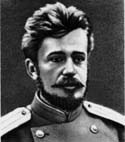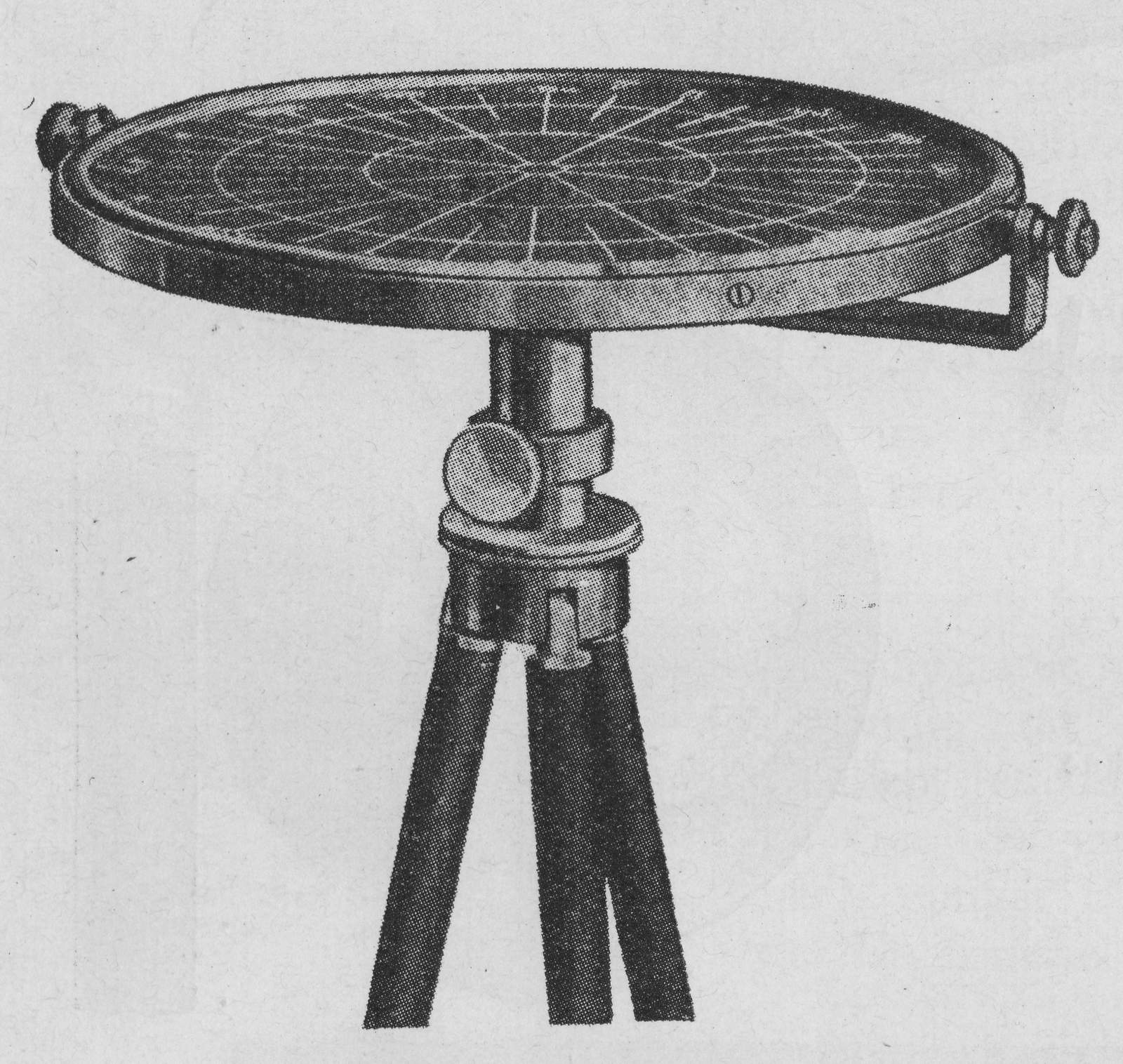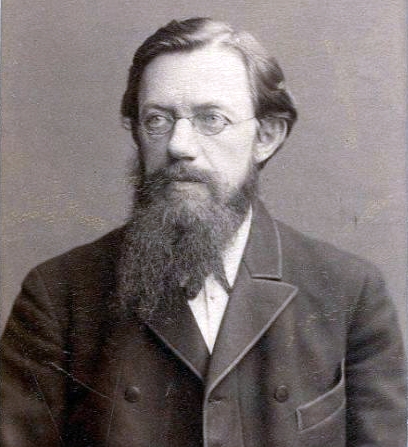|
Mikhail Pomortsev
Mikhail Mikhaylovich Pomortsev (July 24, 1851, Vasilyevshchina – July 2, 1916, all n.s.) was a Russian military officer, meteorologist and engineer. He invented a Nephoscope in 1894. A lunar crater Pomortsev is named after him. One of the pioneers in the field of Russian aeronautics and rocketry, Pomortsev conducted research into solid-propellant rockets in the early 20th century. In his military career, Pomortsev reached the rank of Artillery General; he taught at the Mikhailovskaya Military Artillery Academy in St Petersburg. By Daniel H. Shubin (2016) [...More Info...] [...Related Items...] OR: [Wikipedia] [Google] [Baidu] |
Parfinsky District
Parfinsky District (russian: Парфинский район) is an administrativeLaw #559-OZ and municipalLaw #354-OZ district (raion), one of the twenty-one in Novgorod Oblast, Russia. It is located in the center of the oblast and borders with Krestetsky District in the north, Demyansky District in the southeast, and with Starorussky District in the southwest. The area of the district is . Its administrative center is the urban locality (a work settlement) of Parfino. Population: 16,485 ( 2002 Census); The population of Parfino accounts for 52.0% of the total district's population. Geography The district is located southeast of Lake Ilmen and a stretch of the lake shore belongs to it. The main rivers in the district are the Pola and the Lovat (with the Redya being its main left tributary), the tributaries of Lake Ilmen, which form a joint delta with the Polist. Another tributary of Lake Ilmen which has its mouth in the district is the Mayata. The whole area of the distr ... [...More Info...] [...Related Items...] OR: [Wikipedia] [Google] [Baidu] |
Adoption Of The Gregorian Calendar
The adoption of the Gregorian Calendar was an event in the early modern history of most cultures and societies, marking a change from their traditional (or "old style") dating system to the modern (or "new style") dating system the Gregorian calendar that is widely used around the world today. Some states adopted the new calendar from 1582, some did not do so before the early twentieth century, and others did so at various dates between. A number of jurisdictions continue to use a different civil calendar. For many the new style calendar is only used for civil purposes and the old style calendar remains used in religious contexts. Today, the Gregorian calendar is the world's most widely used civil calendar. During and for some time after the change between systems, it has been common to use the terms "Old Style" and "New Style" when giving dates, to indicate which calendar was used to reckon them. The Gregorian calendar was decreed in 1582 by the papal bull by Pope Grego ... [...More Info...] [...Related Items...] OR: [Wikipedia] [Google] [Baidu] |
Meteorologist
A meteorologist is a scientist who studies and works in the field of meteorology aiming to understand or predict Earth's atmospheric phenomena including the weather. Those who study meteorological phenomena are meteorologists in research, while those using mathematical models and knowledge to prepare daily weather forecasts are called ''weather forecasters'' or ''operational meteorologists''. Meteorologists work in government agencies, private consulting and research services, industrial enterprises, utilities, radio and television stations, and in education. They are not to be confused with weather presenters, who present the weather forecast in the media and range in training from journalists having just minimal training in meteorology to full fledged meteorologists. Description Meteorologists study the Earth's atmosphere and its interactions with the Earth's surface, the oceans and the biosphere. Their knowledge of applied mathematics and physics allows them to understand t ... [...More Info...] [...Related Items...] OR: [Wikipedia] [Google] [Baidu] |
Nephoscope
A nephoscope is a 19th-century instrument for measuring the altitude, direction, and velocity of clouds, using transit-time measurement. This is different from a nephometer, which is an instrument used in measuring the amount of cloudiness. Description A nephoscope emits a light ray, which strikes and reflects off the base of a targeted cloud. The distance to the cloud can be estimated using the delay between sending the light ray and receiving it back: Mirror nephoscope Developed by Carl Gottfrid Fineman, this instrument consists of a magnetic compass, the case of which is covered with a black mirror, around which is movable a circular metal frame. A little window in this mirror enables the observer to see the tip of the compass needle underneath. On the surface of the mirror are engraved three concentric circles and four diameters; one of the latter passes through the middle of the little window. The mirror constitutes a compass card, its radii corresponding to the cardin ... [...More Info...] [...Related Items...] OR: [Wikipedia] [Google] [Baidu] |
Pomortsev (crater)
Pomortsev is a small lunar impact crater that is located in the eastern part of the Moon's near side. It was named after Russian rocketry scientist Mikhail Pomortsev. It lies on the eastern edge of Mare Spumans, to the southwest of the crater Dubyago. This formation was previously designated Dubyago P. One crater diameter to the north is the smaller Stewart. The nearly featureless interior of this crater has been resurfaced by basaltic lava, leaving a dark floor with an albedo that nearly matches the lunar mare to the west. The crater it roughly circular, with slight outward bulges to the north and northeast. The inner wall is wider along the southern half of the rim, and at its narrowest along the northwestern rim where the crater makes contact with Mare Spumans. References * * * * * * * * * * * External links {{Commons category LTO-62C3 Pomortsev— L&PI topographic map In modern mapping, a topographic map or topographic sheet is a type of map chara ... [...More Info...] [...Related Items...] OR: [Wikipedia] [Google] [Baidu] |
Military Academies In Russia
Russia has a number of military academies of different specialties. This article primarily lists institutions of the Armed Forces of the Russian Federation rather than those of the Soviet Armed Forces. Russian institutions designated as an "academy" are post-graduate professional military schools for experienced commissioned officers who graduated from higher military school or military training center within civilian university and have some years of active duty service after graduation. Thus, military academies are educational institutions conducting the advance training career commissioned officer programmes. These programmes are named magistratura (russian: магистратура) and take 2 years. Military academies are the second (operational-tactical) level of officer training. Their graduates can be appointed to battalion/regiment/brigade commander or equivalent positions. At the moment, some military academies also conduct programmes for the training of warrant off ... [...More Info...] [...Related Items...] OR: [Wikipedia] [Google] [Baidu] |
Great Soviet Encyclopedia
The ''Great Soviet Encyclopedia'' (GSE; ) is one of the largest Russian-language encyclopedias, published in the Soviet Union from 1926 to 1990. After 2002, the encyclopedia's data was partially included into the later ''Bolshaya rossiyskaya entsiklopediya'' (or ''Great Russian Encyclopedia'') in an updated and revised form. The GSE claimed to be "the first Marxist–Leninist general-purpose encyclopedia". Origins The idea of the ''Great Soviet Encyclopedia'' emerged in 1923 on the initiative of Otto Schmidt, a member of the Russian Academy of Sciences. In early 1924 Schmidt worked with a group which included Mikhail Pokrovsky, (rector of the Institute of Red Professors), Nikolai Meshcheryakov (Former head of the Glavit, the State Administration of Publishing Affairs), Valery Bryusov (poet), Veniamin Kagan (mathematician) and Konstantin Kuzminsky to draw up a proposal which was agreed to in April 1924. Also involved was Anatoly Lunacharsky, People's Commissar of Educatio ... [...More Info...] [...Related Items...] OR: [Wikipedia] [Google] [Baidu] |
1851 Births
Events January–March * January 11 – Hong Xiuquan officially begins the Taiping Rebellion. * January 15 – Christian Female College, modern-day Columbia College, receives its charter from the Missouri General Assembly. * January 23 – The flip of a coin, subsequently named Portland Penny, determines whether a new city in the Oregon Territory is named after Boston, Massachusetts, or Portland, Maine, with Portland winning. * January 28 – Northwestern University is founded in Illinois. * February 1 – '' Brandtaucher'', the oldest surviving submersible craft, sinks during acceptance trials in the German port of Kiel, but the designer, Wilhelm Bauer, and the two crew escape successfully. * February 6 – Black Thursday in Australia: Bushfires sweep across the state of Victoria, burning about a quarter of its area. * February 12 – Edward Hargraves claims to have found gold in Australia. * February 15 – In Boston, M ... [...More Info...] [...Related Items...] OR: [Wikipedia] [Google] [Baidu] |
1916 Deaths
Events Below, the events of the First World War have the "WWI" prefix. January * January 1 – The British Empire, British Royal Army Medical Corps carries out the first successful blood transfusion, using blood that had been stored and cooled. * January 9 – WWI: Gallipoli Campaign: The last British troops are evacuated from Gallipoli, as the Ottoman Empire prevails over a joint British and French operation to capture Constantinople. * January 10 – WWI: Erzurum Offensive: Russia defeats the Ottoman Empire. * January 12 – The Gilbert and Ellice Islands Colony, part of the British Empire, is established in present-day Tuvalu and Kiribati. * January 13 – WWI: Battle of Wadi (1916), Battle of Wadi: Ottoman Empire forces defeat the British, during the Mesopotamian campaign in modern-day Iraq. * January 29 – WWI: Paris is bombed by German Empire, German zeppelins. * January 31 – WWI: An attack is planned on Verdun, France. February * ... [...More Info...] [...Related Items...] OR: [Wikipedia] [Google] [Baidu] |
People From Parfinsky District
A person ( : people) is a being that has certain capacities or attributes such as reason, morality, consciousness or self-consciousness, and being a part of a culturally established form of social relations such as kinship, ownership of property, or legal responsibility. The defining features of personhood and, consequently, what makes a person count as a person, differ widely among cultures and contexts. In addition to the question of personhood, of what makes a being count as a person to begin with, there are further questions about personal identity and self: both about what makes any particular person that particular person instead of another, and about what makes a person at one time the same person as they were or will be at another time despite any intervening changes. The plural form "people" is often used to refer to an entire nation or ethnic group (as in "a people"), and this was the original meaning of the word; it subsequently acquired its use as a plural form of p ... [...More Info...] [...Related Items...] OR: [Wikipedia] [Google] [Baidu] |
Russian Meteorologists
This list of Russian Earth scientists includes the notable geographers, geologists, oceanographers, meteorologists, ecologists and other representatives of Earth sciences from the Russian Federation, the Soviet Union, the Russian Empire and other predecessor states of Russia. Alphabetical list __NOTOC__ A * Vladimir Abazarov, geologist, discoverer of Samotlor oil field, the largest Russian oil field * Dmitry Anuchin, anthropologist and geographer, coined the term "anthroposphere", determined the location of the Volga river source * Andrey Arkhangelsky, geologist B * Karl Baer, naturalist, formulated the geological Baer's law on river erosion, co-founder of the Russian Geographical Society * Valeri Barsukov, geologist *Vladimir Belousov, geologist *Lev Berg, determined the depth of Central Asian lakes, including Balkhash Lake and Issyk Kul, a head of the Soviet Geographical Society * Yuri Bilibin, geologist, studied placer geology and organized expeditions that discovered ... [...More Info...] [...Related Items...] OR: [Wikipedia] [Google] [Baidu] |







_1938.jpg)
